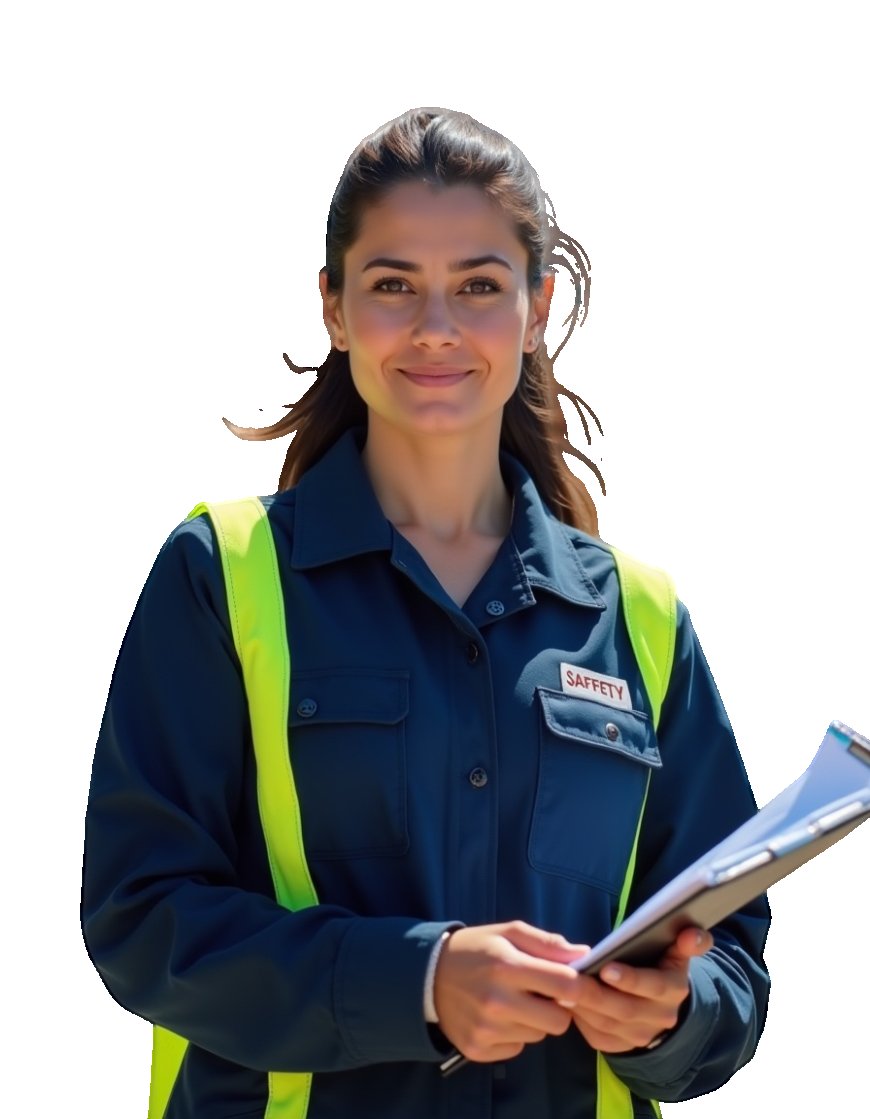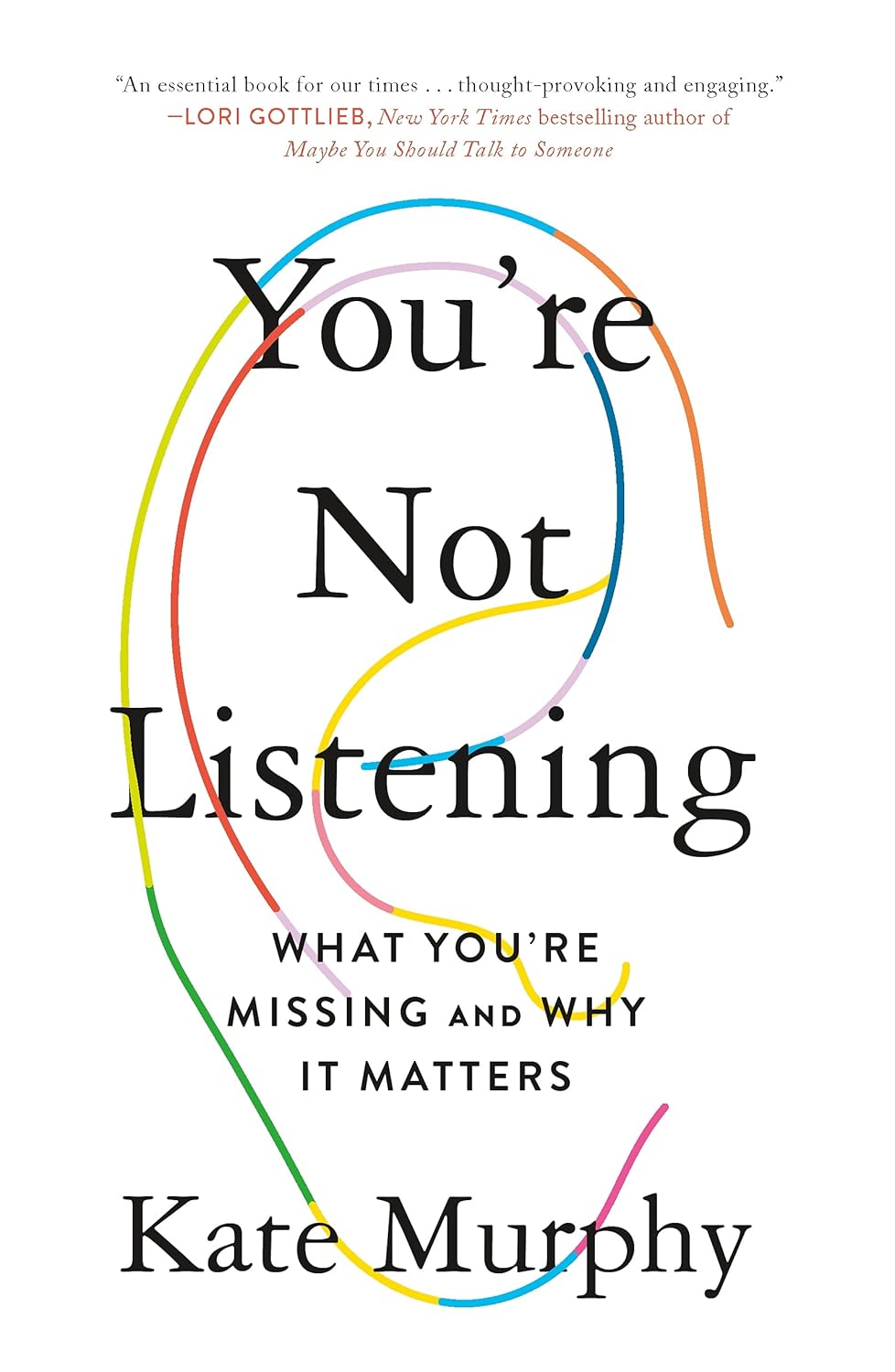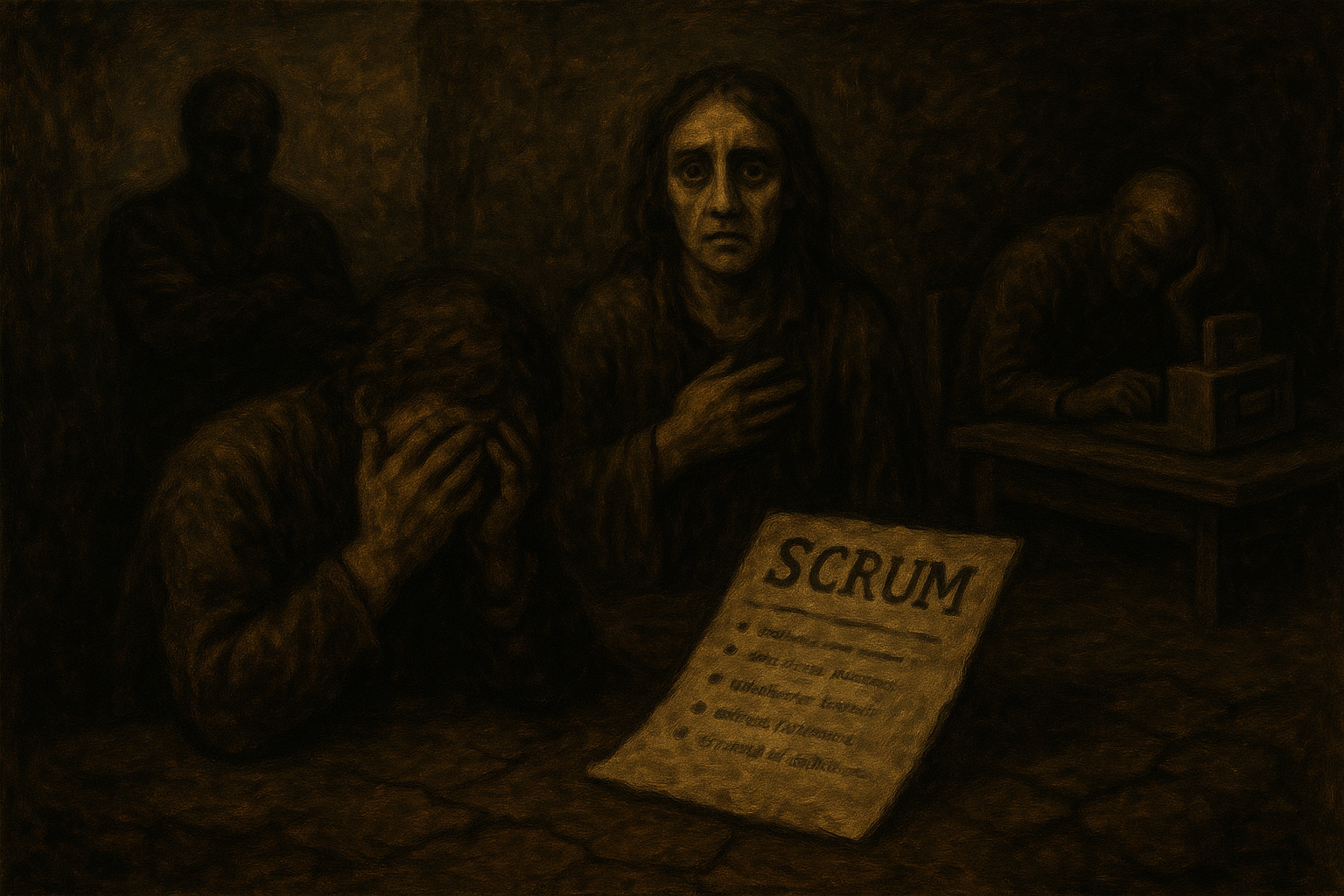How Safe Systems of Work (SSOW) Reduce Risks When Handling Dangerous Waste

When it comes to handling dangerous waste at work, safety isn’t just a checklist — it’s a culture that protects lives and the environment. One of the most effective ways to manage this risk is by following a well-designed Safe System of Work (SSOW). This guide breaks down what SSOW means, how it works, and why you should care, especially if your team deals with hazardous materials daily.
Before we dive deeper, it’s worth mentioning that safety training like the OSHA 30 Hour Course lays the groundwork for understanding safe practices. It teaches employees how to recognize, evaluate, and control hazards — skills that are crucial when managing toxic or dangerous waste.
Understanding SSOW: More Than Just Paperwork
Many people think SSOW is just a pile of documents sitting on a shelf. In reality, it’s a living process. A Safe System of Work is a step-by-step method designed to make sure tasks — especially risky ones — are done safely. It includes risk assessments, clear instructions, trained workers, supervision, and emergency plans.
When workers follow an SSOW, they don’t just guess what to do next — they follow proven steps that reduce accidents.
Why Dangerous Waste Demands Extra Care
Handling waste that’s toxic, corrosive, flammable, or biohazardous is no small matter. A single mistake can injure workers, harm the public, and damage a company’s reputation. I remember visiting a chemical plant where a worker spilled a small amount of acid because he skipped part of the procedure. Luckily, the SSOW required a backup worker and spill kit nearby, so what could have been a disaster was cleaned up safely.
This shows that a Safe System of Work doesn’t just tell you how to do things — it also plans for what could go wrong.
How SSOW Manages Hazardous Waste Safely
Let’s break down how a Safe System of Work helps at each stage:
1. Identifying and Assessing Hazards
First, managers and workers identify what makes the waste dangerous — is it flammable, infectious, or radioactive? Then, they assess who could be harmed and how badly. This step shapes everything else.
2. Developing Clear Work Procedures
Once risks are known, the next step is to write down exactly how tasks should be done safely. For example:
-
How to store waste in sealed containers
-
Which PPE (like gloves and masks) must be worn
-
How to transport waste within the facility
-
Emergency steps if there’s a leak or spill
These instructions must be clear, simple, and practical so workers can actually follow them.
3. Training and Supervision
No plan works if people don’t understand it. Training ensures everyone knows the risks and the right way to do the job. Good supervisors watch to see if workers follow the plan, correct mistakes, and provide help if something goes wrong.
Many companies invest in structured safety training, such as the OSHA 30 Hour Course, to give employees a solid foundation in hazard recognition and safe practices. This training can be a game changer in industries that handle dangerous substances.
4. Providing the Right Equipment
A good SSOW includes the proper tools for the job. If workers need protective suits, respirators, or special containers, the system must make sure they have them — and that the equipment is maintained and replaced when needed.
5. Planning for Emergencies
Even the best plan can’t prevent every incident. That’s why a Safe System of Work includes emergency procedures: spill kits, first aid, evacuation routes, and contacts for local emergency services. Drills help workers respond calmly when real emergencies happen.
A Day in the Life: How SSOW Works in Practice
Imagine Sarah, who works at a factory that produces industrial cleaning products. Part of her job is to dispose of chemical sludge left after production. Thanks to her company’s Safe System of Work:
-
She starts by checking the hazard labels.
-
She wears gloves and a face shield, as required.
-
She follows a clear procedure to transfer the waste to sealed drums.
-
A supervisor checks her work.
-
If there’s a leak, she knows where the emergency shower and spill kit are.
One day, a drum did leak. Because Sarah had practiced the emergency drill, she stopped the leak without panic, used the spill kit properly, and no one was hurt. That’s SSOW at its best.
Step-by-Step: Building an Effective SSOW for Hazardous Waste
If your company needs to handle dangerous waste more safely, here’s a simple roadmap:
Step 1: Involve Your Team
Get input from people who do the work daily. They often know hidden risks.
Step 2: Carry Out a Detailed Risk Assessment
Use checklists, talk to experts, and learn from past incidents.
Step 3: Write Down Clear Procedures
Use simple language and include pictures if possible.
Step 4: Train Everyone
Hold refresher training every year or when work changes.
Step 5: Supervise and Review
Managers should watch how work is done and update procedures when needed.
Step 6: Plan for Emergencies
Have drills, emergency contacts, and first aid ready.
How SSOW Boosts Confidence and Saves Money
Some companies skip proper Safe Systems of Work, thinking it’s expensive or time-consuming. But the truth is, accidents cost far more — lost time, fines, lawsuits, and bad publicity. A clear SSOW not only keeps people safe but also builds trust with workers and regulators.
I once visited a waste recycling plant that had invested heavily in training and clear work procedures. Their accident rate dropped by 70% in two years. Workers felt safer, morale improved, and the company won new contracts because of its strong safety record.
The Bigger Picture: Training and SSOW Go Hand in Hand
A Safe System of Work is powerful on its own, but pairing it with recognized safety training strengthens it even more. That’s where the OSHA 30 Hour Course comes in. This training covers a wide range of workplace hazards and practical safety measures, making it the perfect companion to a company’s SSOW.
If you’re serious about workplace safety, investing in certified training like OSHA Courses Online can make your SSOW more effective and your team more confident.
Final Thoughts
Handling dangerous waste will always carry risk, but risk doesn’t have to mean danger. A thoughtful, well-implemented Safe System of Work gives companies and workers a clear path to follow — reducing accidents, protecting health, and preserving the environment.
When combined with quality training and strong supervision, an SSOW becomes more than a policy; it becomes a promise that everyone goes home safe at the end of the day.





































































![https //g.co/recover for help [1-866-719-1006]](https://newsquo.com/uploads/images/202506/image_430x256_684949454da3e.jpg)



























![How Smart PMs Scale Their Careers in Any Org [TPG Live Recap]](https://tpgblog.com/wp-content/uploads/2025/06/2025-06-12-thumbnail-action.png?#)





















































